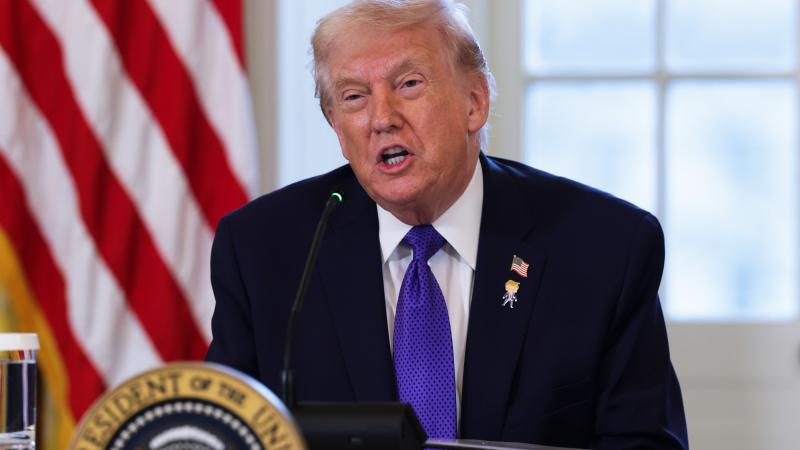ATF has security blindspot with failure to monitor 3D-printed guns, DOJ watchdog warns
3D printing technology has advanced in quality and decreased in cost, making ghost guns more accessible to criminals, inspector general says.
The technology to make 3D-printed guns that can evade metal detectors is improving, but the nation's gun crime-fighting agency is not making such weapons a priority for monitoring, the U.S. Justice Department's internal watchdog warns.
Inspector General Michael Horowitz wrote in a report earlier this month that the Bureau of Alcohol, Tobacco, Firearms and Explosives’ (ATF) has only encountered about dozen 3D-printed weapons in cases over the last four years.
"ATF officials told us that they have not identified 3D printing of firearms as a priority area to monitor," Horowitz said.
The watchdog said he is concerned the agency has a security blindspot since "3D-printed firearms are comprised almost entirely of polymer materials that are undetectable by metal detectors.
"Moreover, 3D printing technology has seen advances in quality and decreases in cost and has become much more accessible to individuals, including prohibited persons," he added, warning the agency currently doesn't even track 3D-printed weapons in its eTrace computer database used by local police.
"ATF lacks a method to facilitate collecting 3-D printed firearms data, either in eTrace or outside of eTrace," Horowitz noted. "Consequently, law enforcement cannot report and ATF cannot collect information regarding the material composition of a firearm or whether a firearm was possibly derived from 3-D printing."
In addition to enhancing eTrade, the inspector general should improve communications with local police on 3D-printed weapons and "establish standard procedures for determining which 3D printed firearms to select for testing, how testing should be performed, and how results should be recorded."
The National Rifle Association argues there isn't a need for new laws to address 3D-printed guns since current law bans untraceable weapons.
"Regardless of what a person may be able to publish on the Internet, undetectable plastic guns have been illegal for 30 years," the NRA said in a statement three years ago. "Federal law passed in 1988, crafted with the NRA’s support, makes it unlawful to manufacture, import, sell, ship, deliver, possess, transfer, or receive an undetectable firearm."
Gun control advocates counter that 3D printers make it possible for "ghost guns" to be used in crimes that can't be traced and are calling for new regulation and focus.
Nevada just enacted a law banning the sale and possession of firearms that don’t have serial numbers, including those made with 3D printers.
And in May, DOJ issued a notice of proposed rule-making that provides new definitions of “firearm frame or receiver” and “frame or receiver” to better detect and outlaw 3d-printed weapons.
Cook County Sheriff Tom Dart in Chicago has been pressing for states to enact legislation to ban ghost guns that are assembled through mail-order part or 3D printers.
“We’re seeing an explosion,” Dart said of ghost guns. “We’re seeing more and more.”














